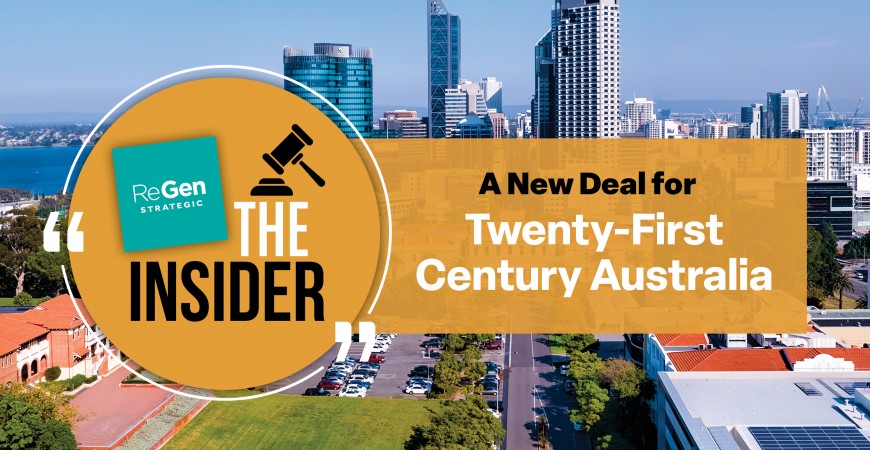Following the historic re-election of the Albanese Labor Government, a rare period of political continuity in Australia is emerging.
It wasn’t so long ago that successive terms in government were becoming a rare commodity for any Prime Minister, driven by poll fetishes, factional brawling and ideology.
Assuming the re-election of Premier Peter Malinauskas and the South Australian Labor Party in March 2026 (which should be a safe bet considering their commanding position presently), the next ‘fair fight’ across the Australian federation will be held in Victoria in November 2026.
At a time when geopolitical uncertainty and global economic volatility is shredding established trade relationships and capital markets, Australia finds itself with a rare opportunity to make substantial progress on the drivers of economic activity and living standards for the coming decades.
As ReGen Strategic cited on its announcement, the Future Made in Australia policy is an ambitious downpayment on the building blocks of a decarbonised economy – renewable energy, skilled employment and value adding to our existing resources sector.
Without being too haughty, it has the potential to shape Australia’s economy in a similar way that President Franklin D Roosevelt’s New Deal turbocharged the USA into the second half of the twentieth century.
Attuned to our contemporary market settings and a globalised financial market, the substantial investment package to be implemented by the Albanese Labor Government seeks to thread a narrow path and provide the ‘Goldilocks’ level of inducement as a tipping point for future industries like renewable hydrogen, green iron and the processing of critical minerals.
Not too little (piecemeal, uncoordinated project-level funding) but not too much (inflationary and ill-targeted government spending).
Given the prominence of energy transition and decarbonisation through both the recent State and Federal election campaigns, Western Australia is once again finding itself in the driver’s seat of this economic change, particularly considering the complementary policy commitments made by the Cook Labor Government via its Made in WA plan.
For proponents and participants in the anticipated next wave of capital projects, there were several clues provided in the post-election commentary that indicate the way in which support and the acceleration of projects might be garnered from government.
Federal Treasurer Jim Chalmers pointed to a desire to drive productivity improvements, which will deliver longer-term benefits at the expense of short-term turbulence. As stated on ABC Insiders, "our first term was focused on inflation, while not forgetting about productivity. Our second term will be focused on productivity, while not forgetting about inflation".
The recent machinery-of-government changes initiated by the Cook Labor Government have clearly tasked several central agencies with the responsibility to facilitate the development of projects in a more efficient and transparent manner.
Cost-of-living pressures and frustration with government services will ensure that the electorate remains volatile and acutely aware of any drifting from election promises to shield households from economic headwinds, evidenced by the long-term decline in the major party vote share.
However, substantial parliamentary majorities and electoral mandates held by both Prime Minister Anthony Albanese and Premier Roger Cook provide a unique and timely opportunity to make material headway on Australia’s energy transition.
 ReGen Strategic
ReGen Strategic